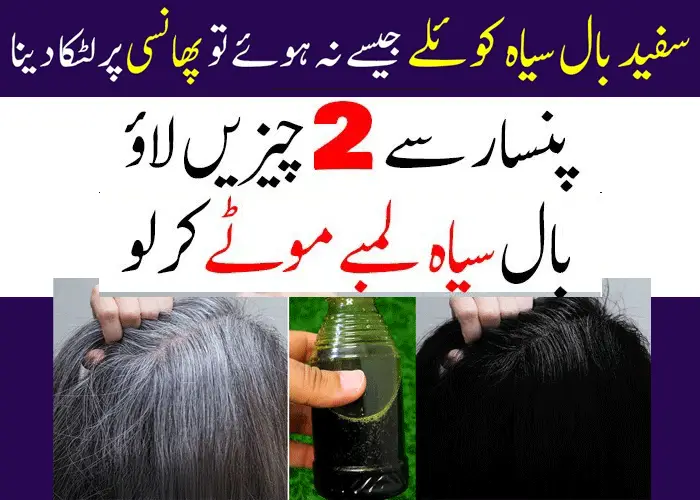As the temperatures drop and winter sets in, many people experience discomfort and swelling in their fingers due to a condition known as chilblains. Understanding what chilblains are and how to prevent them can help you stay comfortable and healthy during the colder months. In this article, we’ll explore the causes, symptoms, and effective strategies for avoiding chilblains and keeping your fingers warm and well-protected.
Understanding Chilblains
What are chilblains?
Chilblains, also known as pernio or perniosis, are a common cold-related skin condition characterized by inflammation, redness, itching, and swelling of the fingers, toes, ears, or other extremities. Chilblains occur when small blood vessels in the skin constrict in response to cold temperatures, leading to poor circulation and tissue damage.
Causes of Chilblains
Chilblains are primarily caused by exposure to cold, damp conditions, followed by rapid rewarming. Other contributing factors may include poor circulation, inadequate clothing, genetic predisposition, and certain medical conditions such as Raynaud’s disease.
Symptoms of Chilblains
Common Symptoms





Symptoms of chilblains may vary depending on the severity and duration of exposure to cold. Common symptoms include:
- Red or purple discoloration of the skin
- Swelling and tenderness
- Itching or burning sensation
- Blistering or ulceration in severe cases
- Pain or discomfort when exposed to warmth
Preventing Chilblains
Tips for Avoiding Chilblains
1. Dress Warmly
Wear layers of loose, insulated clothing to trap body heat and protect against cold temperatures. Pay special attention to covering the hands, feet, ears, and other exposed areas with gloves, socks, hats, and scarves.
2. Keep Hands and Feet Dry
Avoid prolonged exposure to wet or damp conditions, as moisture can exacerbate chilblains. Change out of wet clothing and footwear promptly, and use moisture-wicking fabrics to keep hands and feet dry.
3. Gradually Warm Up
Avoid sudden changes in temperature, such as going from cold outdoor environments to heated indoor spaces. Gradually warm up by removing wet clothing, warming hands and feet slowly, and avoiding direct exposure to heaters or hot water bottles.
4. Protect Against Wind Chill
Wind chill can significantly increase the risk of chilblains by accelerating heat loss from the skin. Use windproof clothing and accessories to shield against cold, gusty winds, and limit outdoor activities during extreme weather conditions.
5. Practice Good Circulation
Promote healthy circulation by staying active, performing gentle exercises, and avoiding prolonged periods of inactivity or sitting in one position. Massage and gentle stretching can also help improve blood flow to the extremities.
Treating Chilblains
Home Remedies for Relief
For mild cases of chilblains, home remedies such as applying warm compresses, elevating the affected area, and using over-the-counter anti-itch creams or lotions may provide relief from symptoms. Avoid scratching or rubbing the affected area, as this can worsen irritation and inflammation.
Medical Treatment
In more severe cases of chilblains or if complications such as infection occur, medical treatment may be necessary. Your healthcare provider may prescribe topical corticosteroids, antihistamines, or vasodilator medications to reduce inflammation and improve circulation. In rare cases, surgical intervention may be required to drain fluid-filled blisters or ulcers.
Conclusion
Chilblains can be a painful and uncomfortable condition, but with proper precautions and preventive measures, you can minimize your risk of experiencing swollen fingers and other symptoms during the winter months. By dressing warmly, keeping hands and feet dry, practicing good circulation, and seeking prompt medical attention if needed, you can stay healthy and comfortable all season long.






